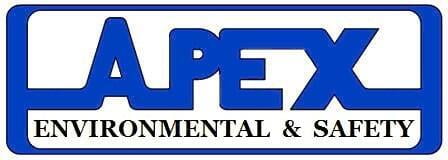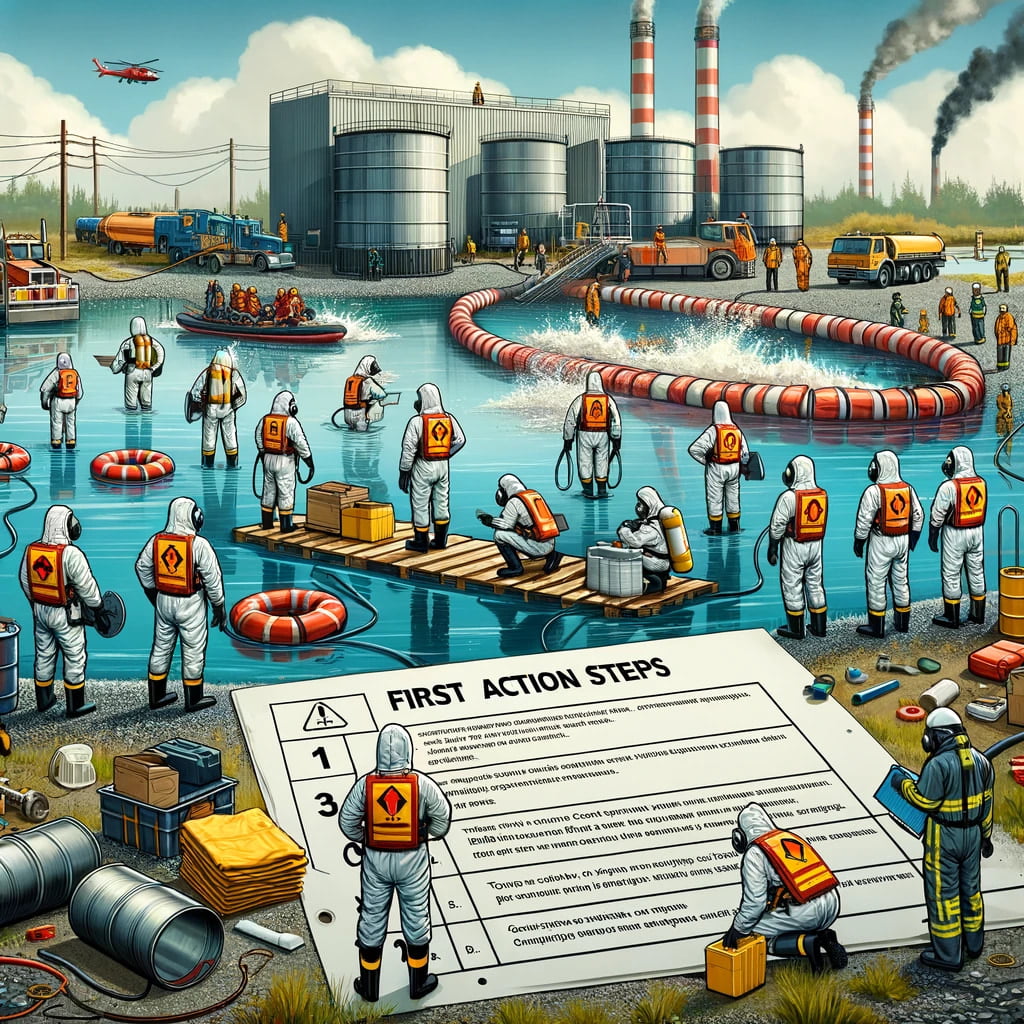What to do in the Event of A Spill
What constitutes a spill?
- 1000 gallons of anything
- Two (2) instances where 42 gallons or more is spilled within a 12 month period
- Spill of a substance that meets its Reportable Quantity (RQ) threshold
- Spill goes onto a neighboring property
- Spill goes into a navigable waterway
- Sheen on a water body
*Please understand what a spill is at your facility and the requirements set forth by EPA and local regulating bodies.
When a spill occurs, prompt and efficient action is crucial to minimize environmental impact and ensure safety. The 'First Ten Action Steps' provide a solid framework for initiating spill response procedures. Here's a detailed breakdown:
Step 1: Initial Safety and Hazard Evaluation
Safety is the primary concern. Evaluate for immediate dangers to life and health, such as the risk of fire, explosion, or toxic exposure. This includes:
- Ensuring a safe distance from the spill.
- Avoiding direct contact with hazardous materials.
- Removing any potential ignition sources to prevent fires.
Step 2: Ceasing the Discharge
Stopping the spill at the source is critical to prevent escalation. This may involve shutting down operations or processes contributing to the spill. If possible, implement your emergency response plan without delay to mitigate further damage.
Step 3: Reporting the Incident
Quickly report the spill to the designated Qualified Individual (QI) and provide key details, such as:
- The type and estimated quantity of material spilled.
- The rate and duration of the discharge.
- Precise location, including the environment affected (e.g., air, water, soil).
- Immediate response actions being taken.
Step 4: Commencement of Response Activities
The QI will authorize the start of specific containment and cleanup activities. Until they arrive, take preliminary steps to control the spill if safely possible. And with certain materials only haz-wopper trained individuals can partake in the initial cleanup.
Step 5: Identifying the Spill's Source
Accurately pinpoint the source of the spill to implement effective control measures. Use personal protective equipment (PPE) as necessary.
Step 6: Securing the Spill Source
Once identified, secure the source to prevent further discharge. This could involve transferring the remaining material to a safe container or isolating the product.
Step 7: Containment
Aim to contain the spill at or near the source. Use absorbents, dikes, or other materials to encircle the spill and prevent spreading, especially if sensitive areas like water bodies are nearby.
Step 8: Protection of Sensitive Areas
Protect nearby sensitive environments, such as rivers, lakes, or wetlands. Deploy booms or barriers if needed, and prepare for potential evacuation if the spill poses a threat to human health.
Step 9: Notification and Documentation
The QI or their designee must document the spill through official forms, which may include notifying local, state, and federal agencies, depending on the spill's severity and substances involved.
Step 10: Cleanup and Recovery
Initiate the cleanup process, which may involve specialized teams, to restore the area. Follow proper waste disposal guidelines for contaminated materials and conduct a post-incident review to improve future response actions.
Additional Considerations for Spill Response
- Training: Regularly train employees on response protocols to ensure they can act effectively during a spill incident.
- Communication: Maintain clear and open lines of communication between all parties involved in the spill response.
- Review and Adaptation: After the event, review the response to understand what went well and what could be improved. Update the spill response plan as necessary.

